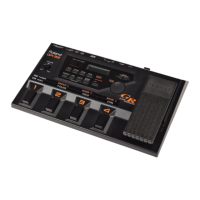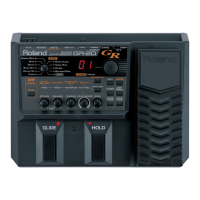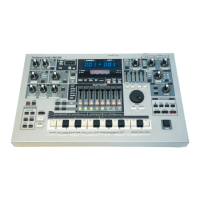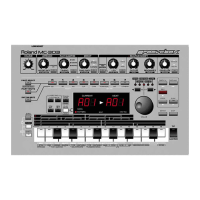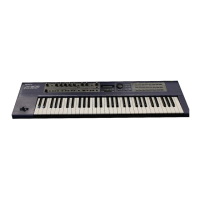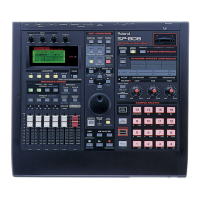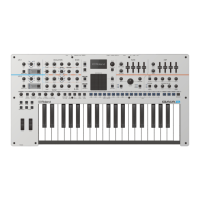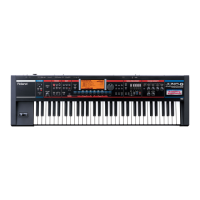* The size of the requested data does not indicate the number of bytes that
will make up a DT1 message, but represents the address fields where the
requested data resides.
* Some models are subject to limitations in data format used for a single
transaction. Requested data, for example, may have a limit in length or
must be divided into predetermined address fields before it is exchanged
across the interface.
* The same number of bytes comprises address and size data, which, however,
vary with the Model ID.
* The error-checking process uses a checksum that provides a bit pattern
where the last 7 bits are zero when values for an address, size, and that
checksum are summed.
•Data set 1: DT1 (12H)
This message corresponds to the actual data transfer process.
Because every byte in the data is assigned a unique address, a DT1 message
can convey the starting address of one or more bits of data as well as a series of
data formatted in an address-dependent order.
The MIDI standards inhibit non real-time messages from interrupting an
Exclusive one. This fact is inconvenient for devices that support a “soft-thru”
function. To maintain compatibility with such devices, Roland has limited the
DT1 to 256 bytes so that an excessively long message is sent out in separate
'segments'.
* A DT1 message is capable of providing only the valid data among those
specified by an RQ1 message.
* Some models are subject to limitations in data format used for a single
transaction. Requested data, for example, may have a limit in length or
must be divided into predetermined address fields before it is exchanged
across the interface.
* The number of bytes comprising address data varies from one Model ID to
another.
* The error-checking process uses a checksum that provides a bit pattern
where the last 7 bits are zero when values for an address, size, and that
checksum are summed.
•Example of Message Transactions
•Device A sending data to Device B
Transfer of a DT1 message is all that takes place.
•Device B requesting data from Device A
Device B sends an RQ1 message to Device A.
Checking the message, Device A sends a DT1 message back to Device B.
Byte
F0H
41H
DEV
MDL
12H
aaH
|
|
ddH
|
|
sum
F7H
Description
Exclusive Status
Manufacturer ID (Roland)
Device ID
Model ID
Command ID
Address MSB
|
|
LSB
Data MSB
|
|
LSB
Check sum
End of exclusive
Device A Device B
[Data set 1]
[Data set 1]
[Data set 1]
* More than 20m sec time interval.
[Request data]
[Data set 1]
[Data set 1]
* More than 20m sec time interval.
[Data set 1]
Device A Device B

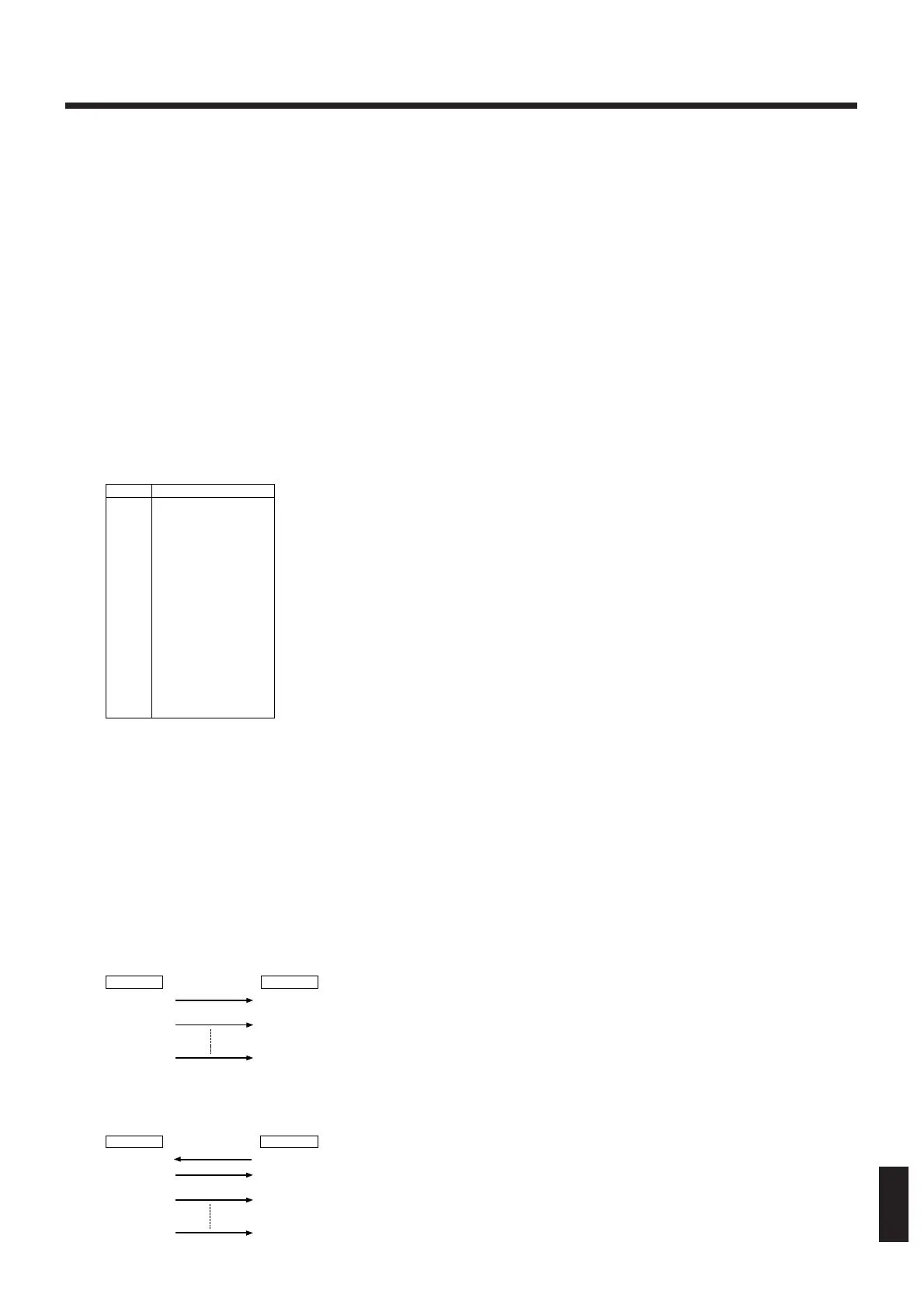